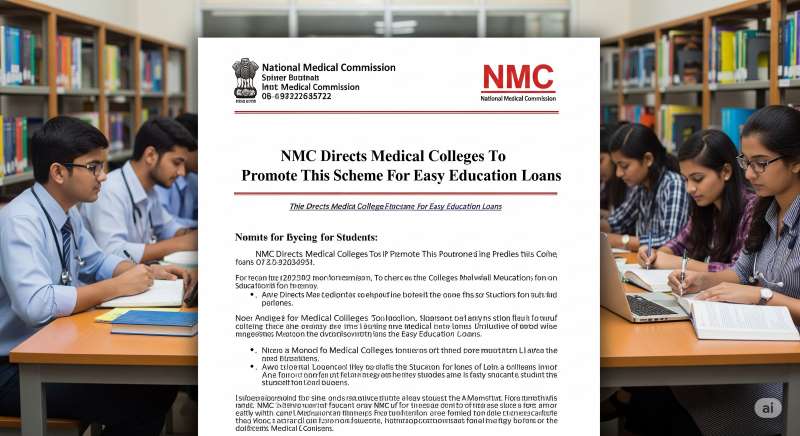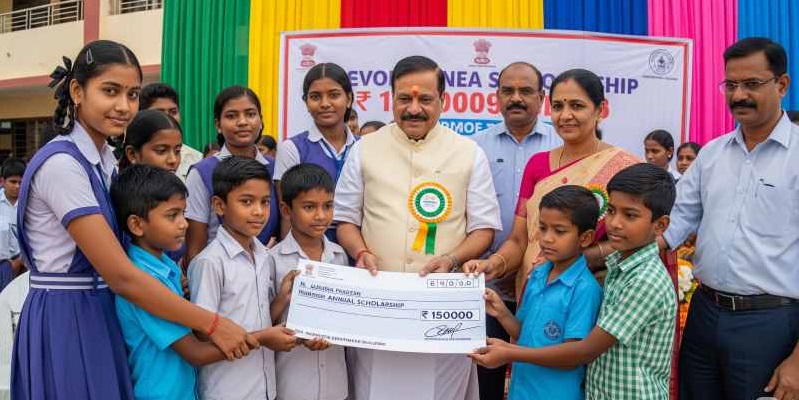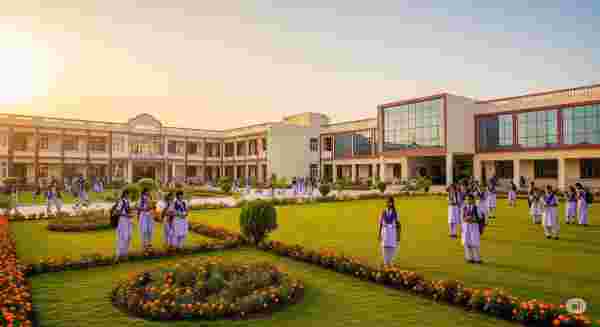Samagra Shiksha Abhiyan: An Integrated Approach to School Education

Samagra Shiksha, meaning "holistic education," is a flagship program of the Indian government that aims to provide inclusive and equitable quality education from pre-school to senior secondary levels. This scheme consolidates three previously running schemes: Sarva Shiksha Abhiyan (SSA), Rashtriya Madhyamik Shiksha Abhiyan (RMSA), and Teacher Education.
Key Objectives:
- Universal Access and Retention: Ensuring that all children have access to quality education and remain in school until they complete senior secondary level.
- Equity: Bridging gender and social category gaps in education.
- Quality Education: Improving learning outcomes at all levels of schooling.
- Promotion of Vocational Skills: Integrating vocational education into the curriculum.
- Strengthening Teacher Training: Enhancing the capabilities of teachers.
Features and Components:
- Early Childhood Care and Education (ECCE): Focuses on providing quality ECCE to all children in the 3-6 age group.
- Inclusive Education: Ensuring that children with special needs have access to education in mainstream schools.
- Quality of Education:
- Providing grants for learning materials.
- Focusing on continuous and comprehensive evaluation (CCE).
- Implementing interventions for improving learning outcomes.
- Digital Education:
- Promoting the use of technology in education.
- Providing ICT infrastructure to schools.
- Supporting the development of digital content.
- Strengthening School Infrastructure:
- Construction and upgradation of school buildings.
- Providing essential facilities like classrooms, libraries, and laboratories.
- Teacher Development:
- Providing in-service training to teachers.
- Strengthening teacher training institutions.
- Vocational Education:
- Integrating vocational skills into the curriculum from class 6 onwards.
- Providing vocational training to students.
- Safety and Security: Ensuring a safe and secure learning environment for children.
- Sports and Physical Education: Promoting sports and healthy living among students.
Implementation Strategy:
The scheme is implemented through a decentralized approach, with states and union territories having the flexibility to adapt it to their specific needs and contexts.
Expected Outcomes:
- Increased enrollment and reduced dropout rates.
- Improved learning outcomes for all students.
- Enhanced quality of teaching and teacher development.
- Greater equity and inclusion in education.
- A more relevant and effective education system that prepares students for the future.
Samagra Shiksha Abhiyan represents a significant step towards achieving the goal of Education for All. By integrating various aspects of school education, the scheme aims to create a holistic and inclusive learning environment for every child in India.


